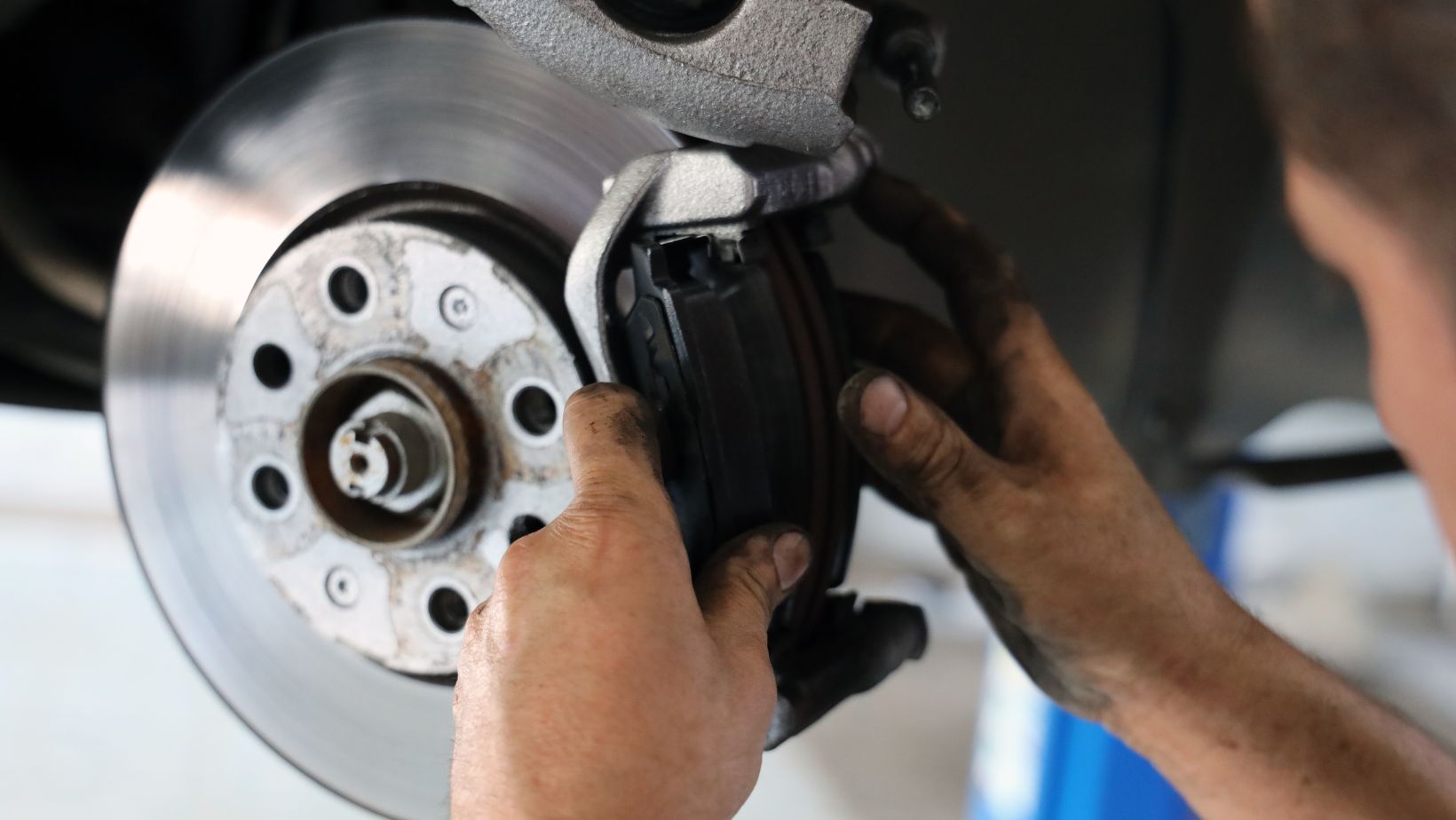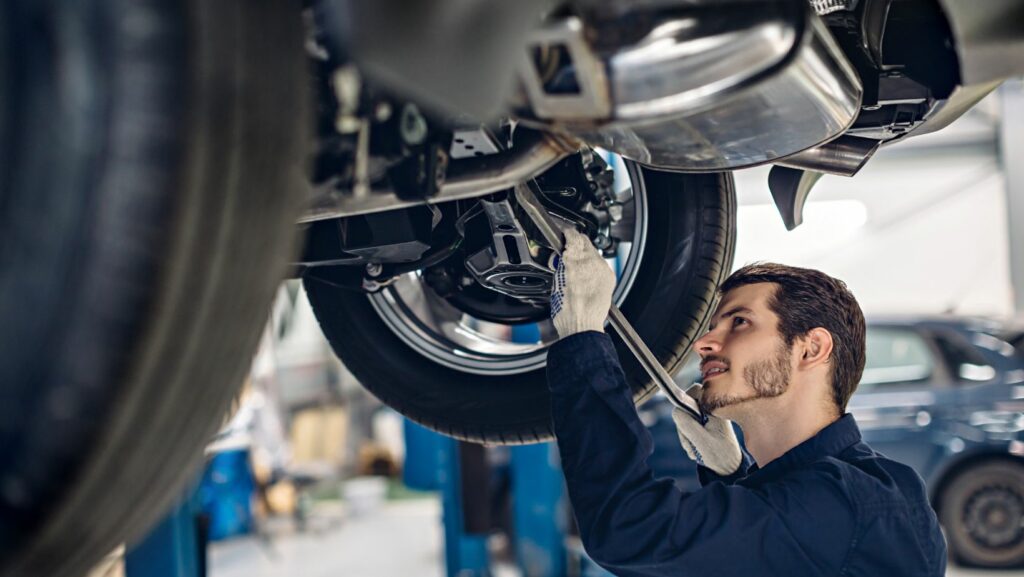Are you wondering how to bleed brakes using a vacuum pump? Well, I’ve got you covered. Bleeding brake lines is an essential maintenance task that ensures your vehicle’s braking system operates at its best. Using a vacuum pump simplifies the process and makes it more efficient.
To begin, gather all the necessary tools: a vacuum pump, a container to collect the old brake fluid, a wrench or socket set, and new brake fluid compatible with your vehicle’s specifications. Start by locating the bleeder valve on each brake caliper or wheel cylinder. It’s usually located near the top of the caliper or cylinder and has a rubber cap covering it.
Next, attach one end of the vacuum hose to the bleeder valve and connect the other end to your vacuum pump. Make sure all connections are secure before proceeding. Open up the reservoir cap and check that there is enough brake fluid in it. Then, turn on the vacuum pump and slowly open one bleeder valve at a time while keeping an eye on the fluid level in the reservoir.
As you open each valve, you’ll see air bubbles being drawn into the hose connected to your vacuum pump. Continue this process until no more air bubbles appear and only clean brake fluid flows through. Remember to periodically check and refill the reservoir with fresh brake fluid as needed during this procedure.
Bleeding brakes with a vacuum pump offers several advantages over traditional methods such as pedal pumping or gravity bleeding. It allows for faster air removal from your braking system while maintaining steady pressure throughout each wheel cylinder or caliper.
Now that you know how to bleed brakes using a vacuum pump, ensure proper braking performance by following recommended maintenance intervals for this critical system component. Regularly inspecting your brake lines for any signs of wear or leakage is also crucial for safe driving conditions.

How to Bleed Brakes With Vacuum Pump
When it comes to maintaining your vehicle’s braking system, proper bleeding of the brakes is essential. One effective method for achieving this is by using a vacuum pump. In this section, I’ll guide you through the process of bleeding your brakes using a vacuum pump.
- Prepare the Tools and Materials: Before starting, gather all the necessary tools and materials. You will need a vacuum pump kit specifically designed for brake bleeding, along with an appropriate-sized wrench or socket set to remove the bleeder screws on each brake caliper.
- Locate the Brake Bleeder Screws: The next step is to locate the brake bleeder screws on each wheel’s brake caliper. These screws are usually found at either end of the caliper and can be identified by their small size and hexagonal shape.
- Attach the Vacuum Pump: Once you have located the bleeder screws, attach one end of your vacuum pump hose securely onto them. Ensure that you have a tight seal to prevent any air from entering during the process.
- Open and Close Each Bleeder Screw: With everything properly connected, open one bleeder screw at a time using your wrench or socket set while keeping an eye on your vacuum gauge or indicator on the pump itself. As you open it, you should see old brake fluid being drawn out into the collection jar attached to the pump.
- Monitor Fluid Levels: Continuously monitor your brake fluid levels throughout this process to avoid introducing air back into the system inadvertently. Keep adding fresh brake fluid as needed to maintain an adequate supply in your master cylinder reservoir.
- Repeat for Each Wheel: Repeat steps 4 and 5 for all four wheels until clean fluid without air bubbles flows consistently from each bleed screw.
- Tighten Bleeder Screws Securely: Once you have finished bleeding all four wheels, tighten the bleeder screws securely using your wrench or socket set. Be careful not to overtighten and damage the threads.
- Test Your Brakes: Finally, it’s time to test your brakes. Start your vehicle and apply the brakes a few times to ensure they feel firm and responsive. If needed, top up the brake fluid reservoir to its proper level.
By following these steps, you can successfully bleed your brakes using a vacuum pump. Remember to always refer to your vehicle’s manual for specific instructions and consult a professional if you are uncertain or uncomfortable performing this task yourself. Safe driving starts with properly maintained brakes!

